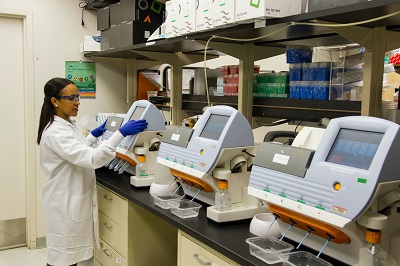EU CE certification for Class I medical devices ensures that a device complies with the European Union's Medical Device Regulation (MDR) 2017/745 or the In Vitro Diagnostic Device Regulation (IVDR) 2017/746, depending on the type of device. This certification is a declaration by the manufacturer that the device meets all applicable EU regulatory requirements for safety, performance, and quality.
What is EU CE Certification for Class I Medical Devices?
Definition: CE certification indicates that a Class I medical device conforms to the relevant EU directives and regulations, ensuring that it is safe and effective for its intended use.
Scope: Class I devices are typically low-risk medical devices. Examples include simple devices like bandages, thermometers, and certain surgical instruments.
Steps to Apply for CE Certification for Class I Medical Devices
Determine Classification
- Confirm that your device is correctly classified as Class I under the EU MDR or IVDR.
Develop Technical Documentation
- Device Description: Detailed description, intended purpose, and classification.
- Design and Manufacturing Information: Specifications, drawings, and descriptions.
- Risk Management: Conduct risk assessments per ISO 14971.
- Clinical Evaluation: Provide clinical data or literature demonstrating the device’s safety and effectiveness.
- Instructions for Use: Create user manuals and labeling as per regulatory requirements.
- Quality Management System (QMS): Document procedures according to ISO 13485, if applicable.
Draft a Declaration of Conformity
- Prepare a Declaration of Conformity that states the device meets all EU regulatory requirements.
Affix the CE Marking
- Once all documentation is complete and the Declaration of Conformity is prepared, affix the CE mark to the device. This involves marking the device with the CE symbol and ensuring that the label includes necessary information.
Register the Device (if required)
- National Competent Authorities: Depending on the EU member state, you may need to register your device with the relevant national authority.
Implement Post-Market Surveillance
- Set up procedures to monitor the device's performance in the market and handle any adverse events.
Maintain Documentation
- Keep all technical documentation, declarations, and records readily available for inspection and audits.
Key Considerations
- Authorized Representative: If you are not based in the EU, you must appoint an Authorized Representative within the EU to act on your behalf.
- Labeling Requirements: Ensure the device’s labeling includes the CE mark and all required information.

Contact Us:
Whatsapp or Wechat:+86 15816864648;email address:hito.lin@grzan.cn
.png)
.jpg)
.png)

.png)